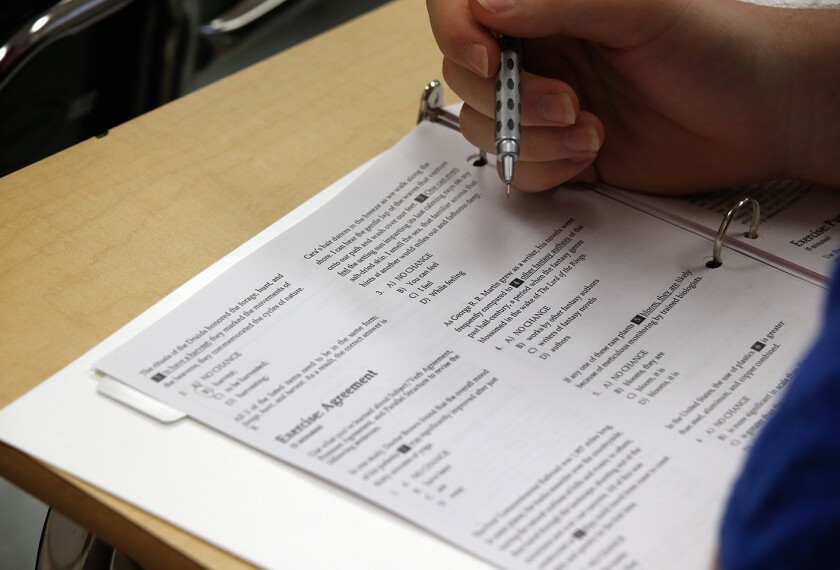Too many eraser marks on a standardized test could signal that someone is cheating, says a University of Iowa researcher.
As the stakes surrounding achievement tests have risen in recent years, so, too, have reports of cheating. But little is known about detecting whether teachers or principals are erasing and changing students’ answers, said Audrey L. Qualls, an associate professor of educational measurement and statistics at the university’s Iowa City campus.
To find out how many erasures are too many, Ms. Qualls decided to analyze answer sheets from the Iowa Tests of Basic Skills. Her results appeared last month in the journal Educational Measurement: Issues and Practice. She started with test papers from a nationally representative sample of students from 16 districts in Iowa, where pressure for schools to perform well on the tests is minimal.
Getting hold of the tests was easy; Ms. Qualls is a co-author for several parts of the Iowa tests. Counting erasures was harder. Because machine scans undercounted erasures, Ms. Qualls and her assistants resorted to counting them by hand.
The researchers also compared their results with those for districts in a unidentified state that puts slightly more pressure on schools to post high scores.
In both analyses, the researchers found that most students change from zero to six answers on their tests. Not all of those changes are for the better. On a test with one erasure, for example, students made wrong-to-right changes only 50 percent of the time. For multiple erasures, the percentages of wrong-to-right changes were dramatically lower.
Test-behavior patterns outside those norms, Ms. Qualls concluded, might reasonably flag cheating—but only as a “second step’’ in such detection. Unusual score gains, a tip from a parent or an educator, or machine scans showing lots of erasures should still be the first sign of trouble, she said.
“It’s difficult to even want to point a finger that someone is cheating,” she added. “But we have to be able to trust tests.”





